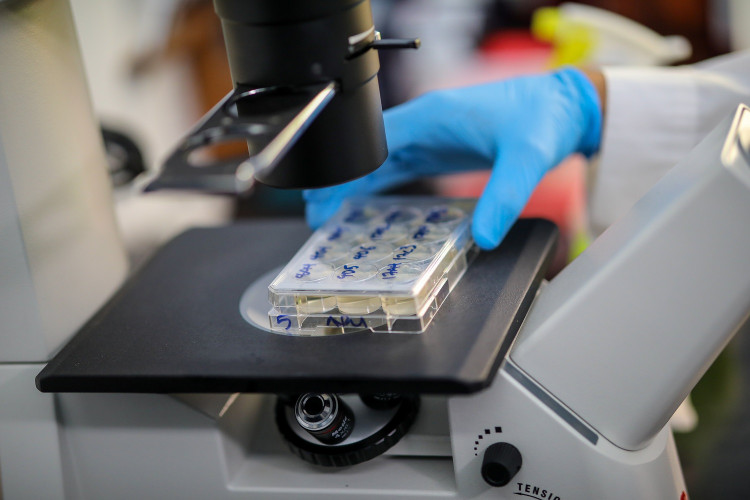An ancient recipe used more than a thousand years ago to treat eye infections could lead to an unorthodox method of curbing antibiotic resistance.
The potion, a mixture of wine, onion, garlic, and bovine bile, called "Bald's eyesalve" is effective at staving off certain strains of bacteria, including those that have built a resistance to antibiotics. The study was published in Scientific Reports.
The team behind the paper, led by Freya Harrison from the School of Life Sciences at the University of Warwick, makes emphasis on how there are alternative ways of sourcing antibacterial compounds. As antibiotic drugs theses days no longer work as germs have evolved new defenses, it's important to develop new strategies. And while medieval texts may seem super outdated, weirdly enough they seem to be a viable source of medical information.
Harrison and her team's research shows that the efficacy of Bald's eyesalve cannot be whittled down to one ingredient. In order for the remedy to work, all ingredients must be included in the mixture.
The salve's ingredients work best as an antimicrobial agent only in the remedy's final form. When researchers separated or purified each element, they were not nearly as effective at killing bacterial strains.
The team's paper is actually a continuation of previous research led by Christina Lee from the University of Nottingham. It was Lee who had been studying an early Anglo-Saxon medical textbook called "Bald's Leechbook," which contains recipe for medicines, advice, treatment, and salves.
"Bald's Leechbook" was written around 905 CE. Lee had found it in the British Library, in which she first saw the recipe for Bald's eyesalve. Sourcing help from other experts, they discovered that the medieval brew was an effective antibacterial compound against Staphylococcus aureus (MRSA) - a staph that can cause serious, and even fatal, infections.
Harrison and her team recreated the potion for the new study and tested it against several bacterial strains, including planktonic biofilms and bacteria, the former often evolving antibacterial-resistant properties.
The research team eventually found that Bald's eyesalve showed "promising antibacterial activity." No harm to mice or human cells were found either, suggesting that the compound can be a potential treatment for infections.
It's pretty amazing that a mixture of wine, garlic, onion, and bovine vile can work so well in this context. Clearly, the person who invented this remedy knew something that we didn't realize earlier.
Indeed, Harrison's new paper shows how important it is to source antibacterial compounds with multiple ingredients.





